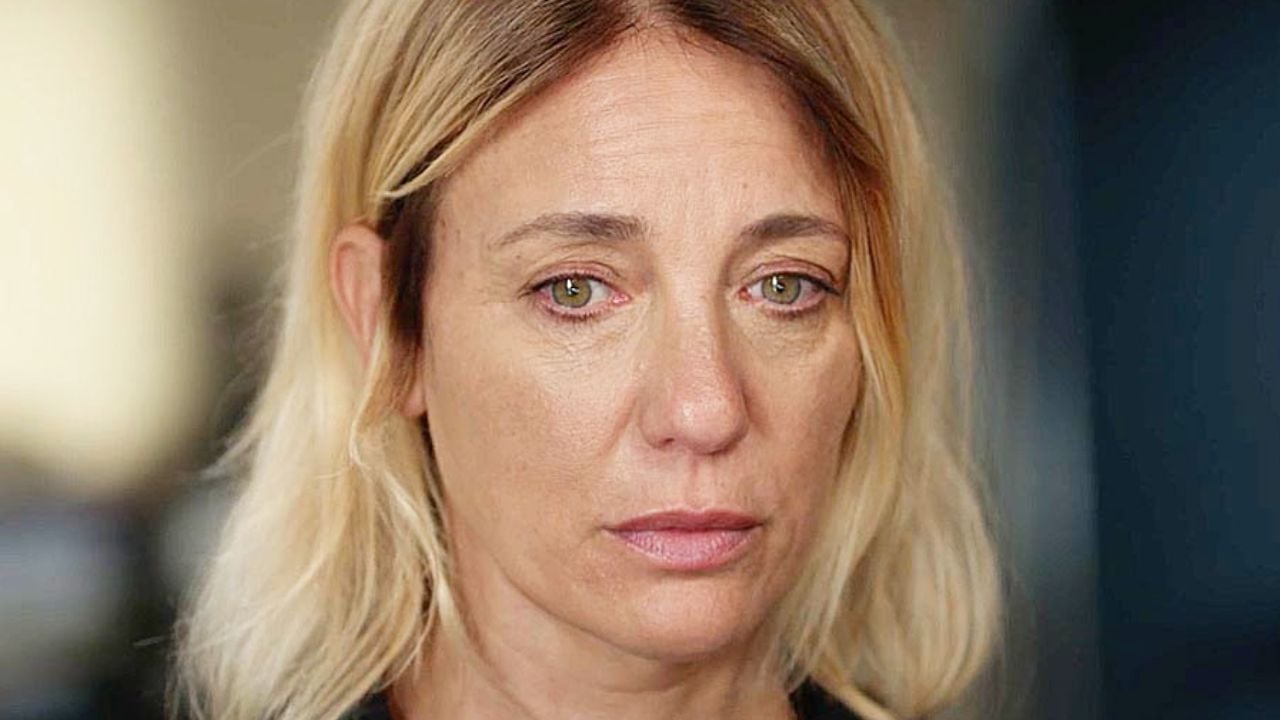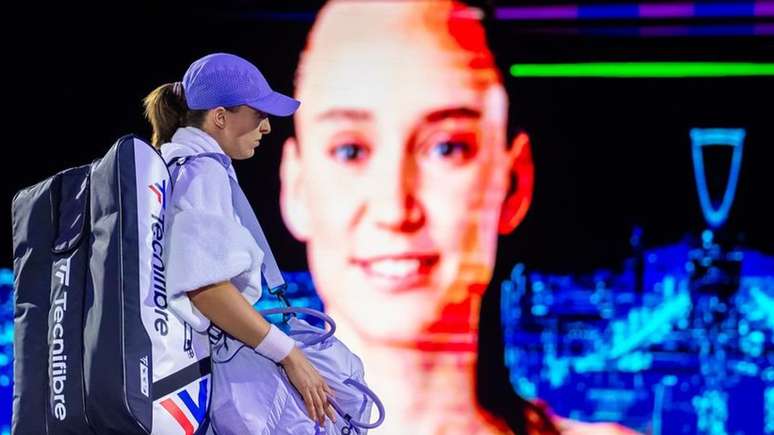The second season of the series The Lord of the Rings: The Rings of Powerby Prime Video, which had its last episode this Thursday (3), stood out not only for its narrative, but also for its innovative use of visual technologies.
In a recent interview with Charlotte Brändström, director of five episodes of the second season (the first three and the last two), and Alex Disenhof, director of photography on the series, discussed details on how the series combines practical effects and CGI, as well as shooting techniques. that bring the rich world of Middle-earth to life.
Balance between practical effects and CGI
Practical effects are techniques used in audiovisual productions that involve the creation of physical elements on a film set, such as explosions, makeup, animatronics, miniatures, and actual sets. These effects are manipulated directly during recording, providing a tangible, realistic feel.
CGI (Computer-Generated Imagery) refers to the creation of digital images and effects using computers. It is used to generate elements that would be difficult, expensive, or impossible to physically create, such as fantastical creatures, sprawling environments, elaborate explosions, or dangerous scenes. In modern productions, CGI is widely used to supplement or replace practical effects.
Charlotte Brändström began by explaining how the mix of practical effects and CGI is fundamental to maintaining a sense of reality in a universe full of fantasy.
It’s very important to mix the two to make it real. So I think it’s a general rule to know that everything that’s close to the camera, that’s in the foreground and touches the actors, we’re trying to make it real with real special effects. Then we can use some of them when we need to extend the scenes, enlarge them and also to create some monsters, which become visual effects and remain in the background.
Charlotte Brändström, director
He emphasized the need for collaboration between different departments, stressing the importance of working with a team that wants to collaborate.
Collaboration and visual style
The director also highlighted the collaboration between her and director of photography Alex Disenhof, which was fundamental in defining the visual style of the episodes. “We spent a lot of time together, pre-producing. Alex comes to every rehearsal with the actors to see how they are doing and this helps him plan what we will do. He shows me how he’s lighting and gives me ideas on how we could do the scene visually,” he said.
The director underlined the importance of having an aligned aesthetic taste. “It’s very important for the collaboration between the cinematographer and the director that there are the same tastes, because some people can be talented but not like the same things.”

Camera and lighting technologies
Alex Disenhof discussed the technologies used to capture the series’ variety of visual environments. “We use ARRI system cameras, which I love and have used for years. In terms of lighting, we use every type of tool you can imagine. We use old tungsten lights and also new LEDs that haven’t hit the market yet,” he explained.
He also commented on the benefit of working in a production at the level of The Rings of Powerwhere suppliers want to showcase their technologies, allowing the team to test new equipment.
Disenhof added that many interactive lighting effects were implemented thanks to the series’ creatures, such as a certain demon that appears in the final episode. “When working with visual effects it’s really important to create interactive lighting effects on our actors and our environment.”
Interactive lighting effects refer to the lighting technique on set that reacts and adapts to the action or elements of the scene, especially when there is interaction between the lighting and the visual effects or actors.
These effects create a more realistic and immersive atmosphere by lighting the environment and characters in a way that simulates the light of digital elements, such as explosions, creatures or magic, that will be added later in post-production.

Shooting in low-light environments
Alex Disenhof also addressed the challenges of filming in low-light environments, an essential aspect in several scenes in the series.
It’s always a fine line when you’re working on dark scenes, knowing that your audience isn’t necessarily watching in a dark room, although I think as a director you expect them to watch in a conducive environment, like a living room. dark with a good TV.
Alex Disenhof, director of photography
He also emphasized that lighting must appear motivated by elements of the scene and that it is essential not to overlight scenes. “I believe that the cardinal sin of many productions is precisely this. So, once again, Charlotte and I look at the picture together and say, “Does this look right?” If so, let’s continue like this,” he concluded.
Use of color and digital effects
Regarding the use of color, Disenhof mentioned changes made to reflect the darker tone of the second season. “I did a color science review on the camera we were using. You can project how the camera sees colors in front of it. One thing I wanted to do, as the story starts to get darker in season two, was take the primary colors from season one and do a little more earthy and pastel tones.”

He explained that this involved collaborating with the costume department, where costume designer Luca Mosca was instrumental in choosing fabrics that caught the light well.
The challenges of modernizing Tolkien
Charlotte Brändström also spoke about the challenges of modernizing Tolkien’s universe for a contemporary audience.
“I rely a lot on the people around me, who are experts and who know a lot about this. I really try to work on the visual part as much as I do research. Obviously we have the scripts and then we have consultants or people we can always ask questions to,” the director said.

The post Behind the Cameras: The Visual Magic of The Rings of Power appeared first on Olhar Digital.
Source: Olhar Digital
Rose James is a Gossipify movie and series reviewer known for her in-depth analysis and unique perspective on the latest releases. With a background in film studies, she provides engaging and informative reviews, and keeps readers up to date with industry trends and emerging talents.








